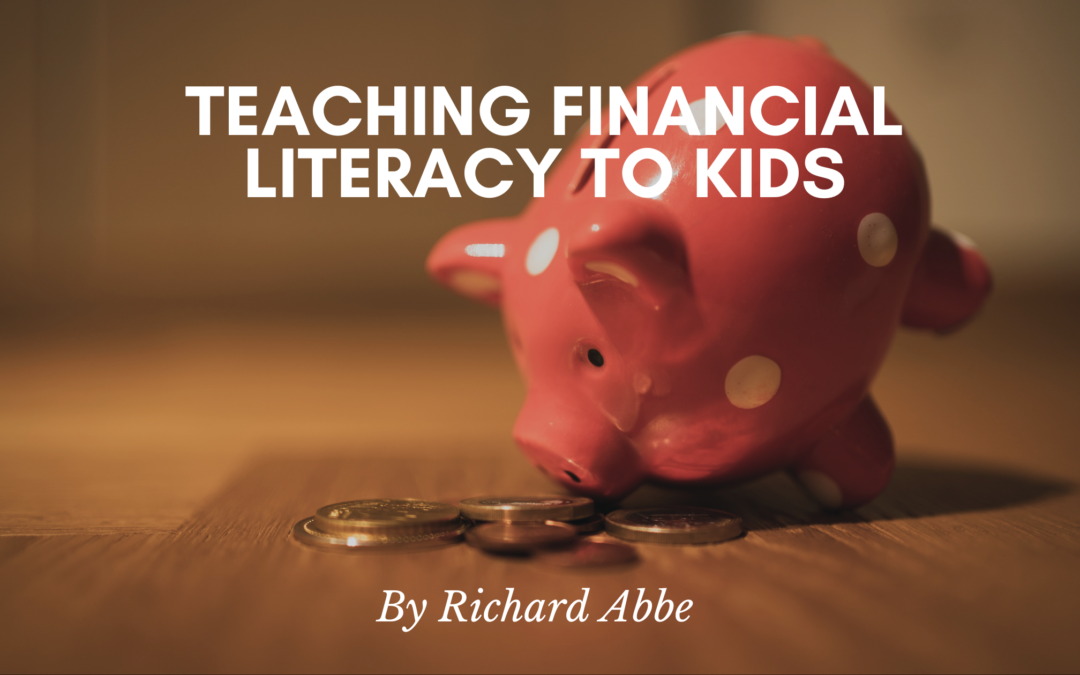Teaching financial literacy to kids is a vital yet often overlooked aspect of education. In a world where money management skills are essential for success, instilling these principles in children from a young age can lay a solid foundation for their future. Financial literacy encompasses various skills, from understanding the value of money to budgeting, saving, and making informed decisions. Here’s why and how parents and educators should prioritize teaching financial literacy to kids.
Why Teach Financial Literacy to Kids?
Early Exposure Builds Lifelong Skills
Introducing financial concepts allows kids to grasp them gradually. As they grow, they can apply these skills in real-life scenarios, empowering them to make sound financial decisions.
Prevention of Debt and Financial Mismanagement
Lack of financial knowledge often leads to debt and poor financial choices later in life. Teaching kids about budgeting and responsible spending can prevent these issues.
Empowerment and Independence
Financially literate children grow into independent adults capable of managing their money wisely. This knowledge empowers them to confidently achieve their goals and navigate life’s financial challenges.
How to Teach Financial Literacy to Kids
Start Early with Basic Concepts
Introduce the concept of money and its value. Teach kids about different denominations, the importance of saving, and distinguishing needs from wants.
Make it Practical and Engaging
Use everyday situations to teach financial lessons. For instance, involve them in grocery shopping, allowing them to understand the value of items and budgeting.
Set a Good Example
Children often learn by observing. Demonstrating responsible financial behavior at home reinforces the importance of saving, budgeting, and avoiding unnecessary expenses.
Utilize Educational Resources
Numerous books, games, and online platforms cater to teaching financial literacy to kids. Utilize these resources to make learning fun and interactive.
Encourage Saving and Goal Setting
Help kids set savings goals, whether for a toy or a long-term goal like college. Teach them about earning interest and how saving can help achieve their objectives.
Teach About Budgeting and Money Management
Introduce the concept of budgeting by allocating allowances for different purposes. This teaches kids to prioritize spending and manage their resources efficiently.
Discuss Real-Life Financial Scenarios
As children grow older, involve them in discussions about family finances, explaining bills, expenses, and the importance of planning for the future.
Introduce the Basics of Investing
Once they grasp fundamental concepts, introduce them to the idea of investing. Explain simple investment vehicles like savings accounts or stocks in understandable terms.
Encourage Critical Thinking and Decision Making
Present scenarios where they must make financial decisions. Allow them to weigh options, analyze consequences, and make informed choices.
Provide Ongoing Support and Guidance
Financial literacy is a continuous learning process. Offer ongoing guidance and support as kids navigate various financial situations.
Teaching financial literacy to our children is an investment in their future. By imparting these essential skills early on, parents and educators equip children with the tools needed to navigate the complexities of the financial world. Encouraging responsible financial habits from a young age fosters a generation capable of making informed decisions and achieving economic well-being.

